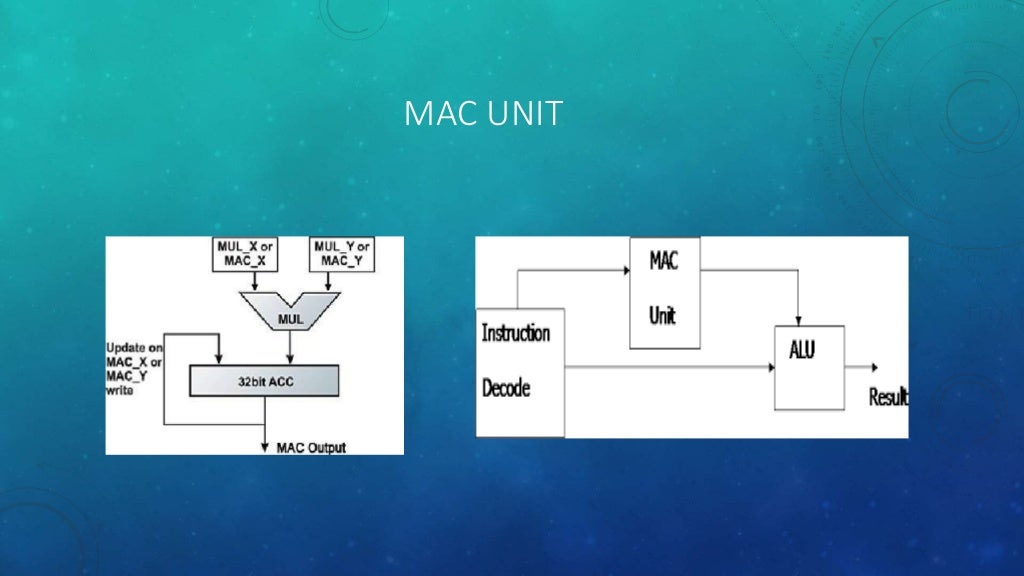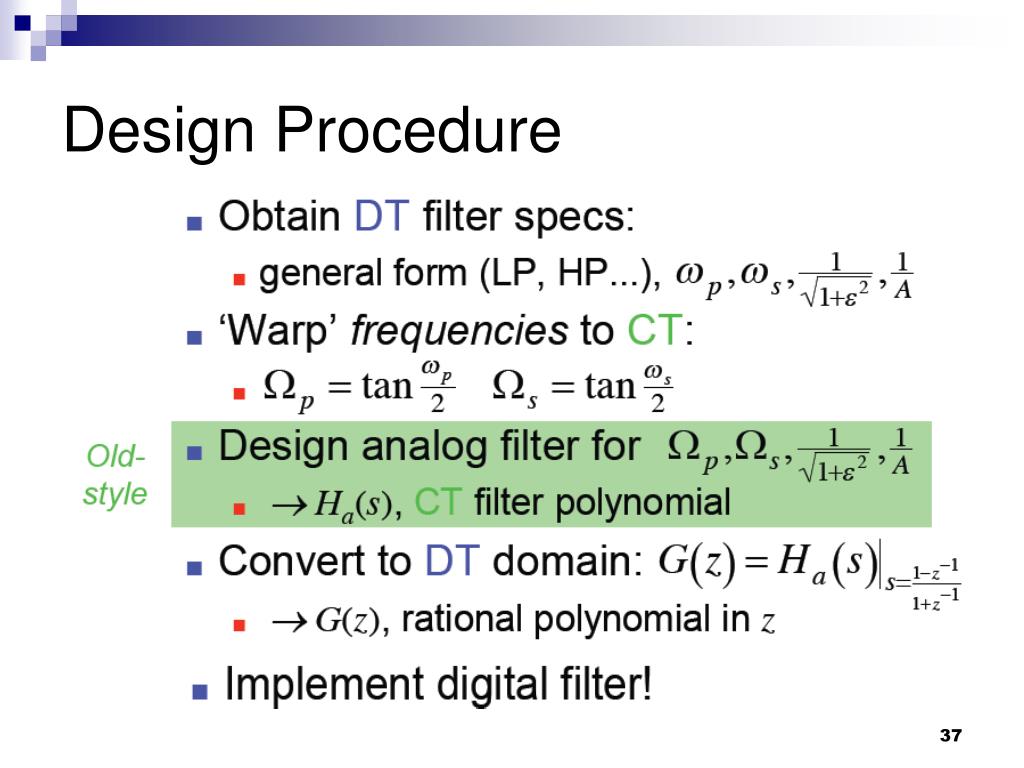Digital signal processing circuit diagram system design flow is described; commo n difficulties, problems and choices faced by DSP developers are outlined; and hints are given on the best solution. 1 Introduction 1.1 Overview Digital Signal Processors (DSPs) are microprocessors with the following characteristics: a) Real-time digital signal processing capabilities.

Design core components of a microprocessor or microcontroller or implement digital signal processing circuits like FFTs, filters, and DSP algorithms. Build communication systems like modems, encoders, and decoders. Create image and video processing circuits, like implementing image and video compression, filtering, or enhancement algorithms. Digital Signal Processing - A Practical approach, Emmanuel C. Ifeachor and Barrie W. Design a digital filter for a given specification Digital circuits do not depend on precise values of digital signals for their operation. Digital Designing a digital signal processor (DSP) involves a blend of hardware and software design to create a system that can process real-world signals, such as audio, video, or sensor data, in real-time. DSP design is crucial across applications like telecommunications, audio processing, radar systems, and medical devices.

A Beginner's Guide to Digital Signal Processing (DSP) Circuit Diagram
Digital Signal Processing • Signals generated via physical phenomenon are analog in that - Their amplitudes are defined over the range of real/complex numbers - Their domains are continuous in time or space. • Processing analog signal requires dedicated,special hardware. • Digital signal processing concerns processing signals using

consider when evaluating analog versus digital filters. Most modern signal processing systems use a combination of analog and digital techniques in order to accomplish the desired function and take advantage of the best of both the analog and the digital world. Figure 6.2 There are many applications where digital filters must operate in real

Crafting A Digital Signal Processor For Next Circuit Diagram
This analog signal is then converted to a digital signal by an analog-to-digital converter and passed to the DSP. The DSP performs the MP3 encoding and saves the file to memory. During the playback phase, the file is taken from memory, decoded by the DSP and then converted back to an analog signal through the digital-to-analog converter so it Master Digital Signal Processing (DSP): From Basics to Advanced. Unlock the world of Digital Signal Processing (DSP) in this comprehensive course designed for beginners and advanced learners alike. Whether you're an engineering student, practicing professional, or someone with no prior engineering background, this course will guide you from foundational concepts to cutting-edge techniques

To get an idea of the type of calculations a DSP does and get an idea of how an analog circuit compares with a DSP system, one could compare the two systems in terms of a filter function. oversampling converters reduce system design effort and cost. Processing Real-World Signals. Digital Signal Processing: Digital signal processing (DSP) involves developing algorithms that can be used to enhance a signal in a particular way or extract some useful information from it. Analog Signal Processing. Perhaps the simplest analog signal processing example is the familiar RC circuit shown in Figure 1. Figure 1. This circuit acts as a low-pass filter.
